Strolling down Heraklion’s lively streets, I quickly realized this city is so much more than just the famous ruins of Knossos.
Heraklion pulses with life, mixing ancient stories with a vibrant local scene, mouthwatering food, and those stunning Venetian walls that whisper about Crete’s rich history in Greece and Europe.
Every corner seemed to hide a bakery, a cheerful taverna, or a piece of history shaped by centuries of different civilizations.
What really stands out is how Heraklion blends the old with the new.
After wandering past those ancient walls, I found myself in bustling markets and cozy cafes, savoring flavors I’d never even imagined before.
It’s one of those places where you can step into the past and still soak up the present, all in a single day.
As I kept exploring, Heraklion kept surprising me.
Family-run restaurants served up unforgettable bites, and just a short walk from the center, I found incredible sea views.
Whether you’re new to Crete or you’ve seen a bit of Greece already, this city always has something extra waiting to be found.
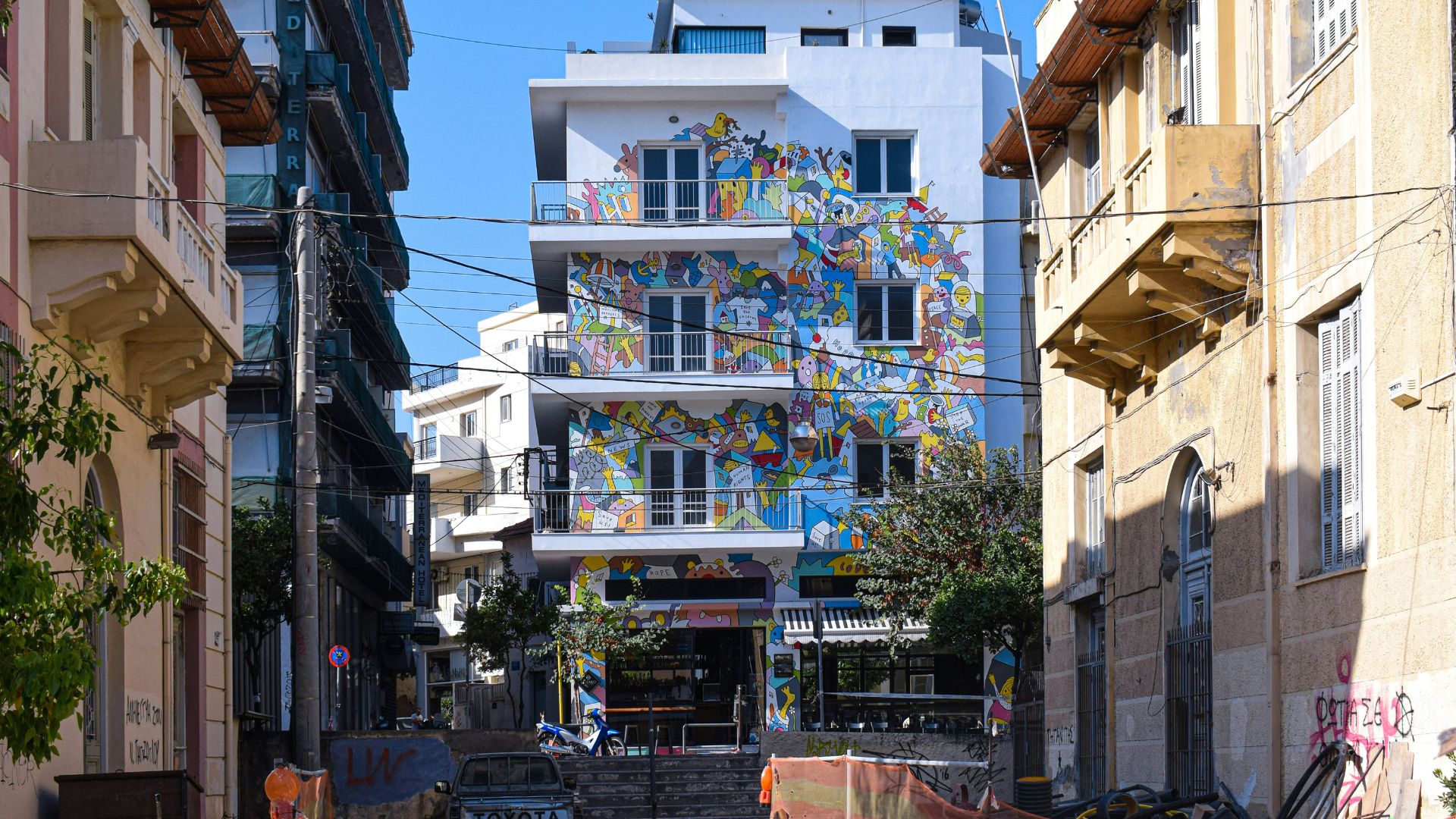
Heraklion’s Ancient Tapestry: Beyond the Palace of Knossos
Heraklion hides ancient secrets in plain sight.
The city’s stories stretch from the famous Palace of Knossos to its quiet backstreets, revealing layers of legend, ruins, and unexpected wonders.
The Grandeur of Knossos and Timeless Ruins
When I wandered through the ruins of Knossos, I could almost hear the echoes of people from thousands of years ago.
Knossos, Europe’s oldest city, stood at the heart of the Minoan civilization, long before the classical age of Greece.
The palace sprawls with winding corridors, grand staircases, and bright frescoes.
Highlights? The Throne Room, the “Prince of the Lilies” fresco, and those mysterious storage rooms once packed with giant jars.
Restorers have brought some of the palace back to life, so you get a real sense of its original color and design.
Beyond the main palace, the ruins kept me wandering for ages.
Broken columns, little courtyards, and bits of pottery hint at everyday life from centuries ago.
These ruins make Crete’s ancient power feel close and real.
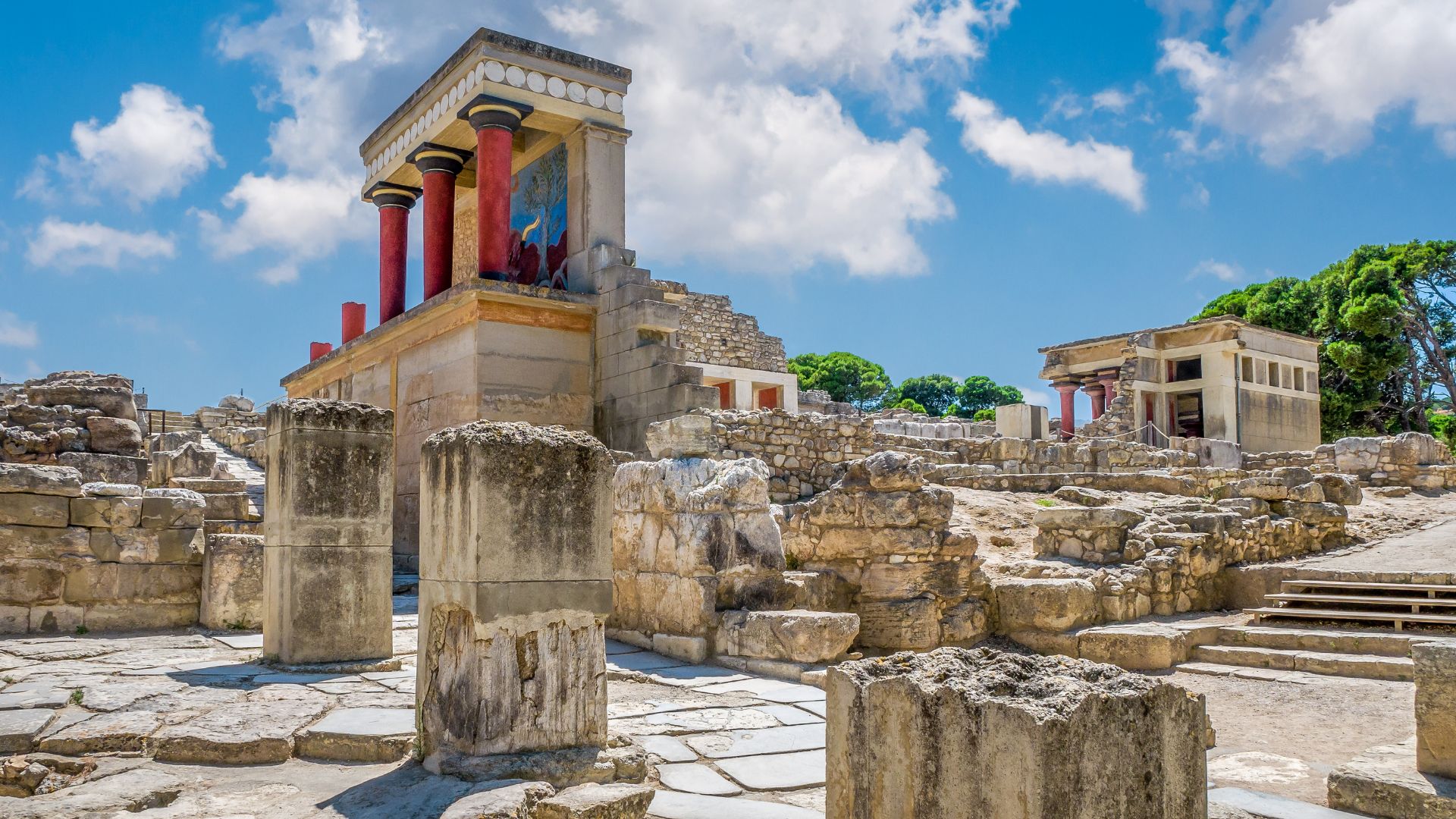
Unveiling Heraklion’s Archaeological Heritage
Heraklion isn’t just about Knossos.
The city is packed with archaeological gems, and the Heraklion Archaeological Museum blew me away.
Inside, you’ll find treasures dug up at Knossos and beyond—gold jewelry, painted ceramics, and the mysterious Phaistos Disc.
Here are a few artifacts I wouldn’t miss:
| Artifact | Period | Why See It? |
|---|---|---|
| Snake Goddess Statue | Minoan | Elegant and mysterious |
| Bull-Leaping Fresco | Minoan | Vivid scene of Minoan sport |
| Phaistos Disc | Late Bronze Age | Ancient, undeciphered script |
Besides the museum, I wandered along parts of the ancient city walls and stumbled on smaller ruins tucked between Venetian buildings.
You can see Roman, ancient, and later structures all mixed together, and it really shows how deep Heraklion’s history runs.
Mythical Origins and Greek Mythology Connections
Heraklion and Knossos aren’t just piles of old stones—they’re woven into some of Greece’s wildest legends.
Stories say King Minos ruled from Knossos, and the labyrinth below his palace hid the Minotaur.
When I wandered those twisting halls, it felt easy to believe the myth started here.
I also discovered that Daedalus, the legendary craftsman, supposedly built the maze.
His son Icarus tried to escape Crete by flying with wings made of wax.
These tales connect the real ruins to the wild world of Greek mythology.
Crete’s myths pop up everywhere in Heraklion, blending archaeological finds with legend.
Sometimes it’s hard to tell where fact ends and story begins, and honestly, that’s half the magic.
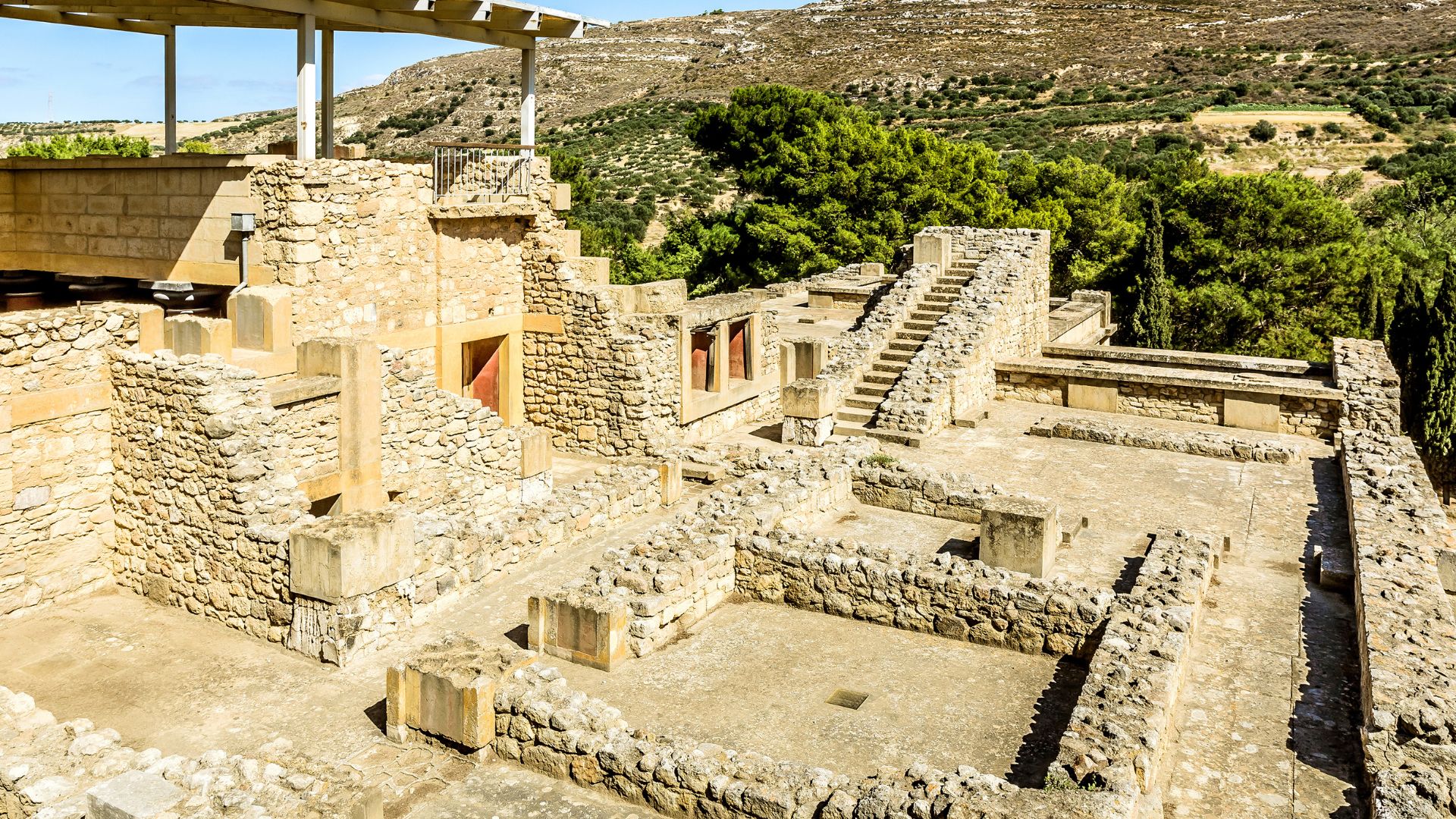
Inside the Venetian Walls: Stories of Culture and History
Heraklion’s Venetian walls hold centuries of stories.
Inside, ancient fortresses, famous museums, and daily island traditions come together in a way that feels both old and alive.
Every time I explore within these walls, I feel close to the city’s history, flavors, and real Cretan life.
Walking the Venetian Walls and Historical Fortresses
The Venetians built Heraklion’s massive walls in the 16th century to defend the city from invaders.
When I walk atop these stone barriers, I feel the centuries under my feet.
The bastions, especially the Koules Fortress at the harbor, once kept enemies out.
Now, they offer some of the best city and sea views you’ll find.
I love how the old ramparts tower over the lively streets below.
Locals use the walls for peaceful walks, morning jogs, or just to catch the sunset.
Signs along the way tell tales of sieges and Venetian days.
You can almost picture Heraklion buzzing with trade and tension centuries ago.
Here’s a look at some wall highlights:
| Feature | Description |
|---|---|
| Koules Fortress | Fortress at the harbor entrance, open for tours and photo opportunities. |
| Bastions | Large stone corners, some accessible for panoramic views. |
| City Gates | Historical entry points, now mixed into modern city streets. |

Cultural Capital: Museums and Iconic Sights
Inside the walls, Heraklion’s museums open up Crete’s history and culture.
The Heraklion Archaeological Museum is a must—I always spot something new among the Minoan treasures.
Statues, frescoes, and mysterious artifacts fill every corner.
The Historical Museum of Crete sits nearby and covers later periods.
You’ll find exhibits on Venetian rule, modern art, and even Nikos Kazantzakis, the famous Greek writer.
Narrow streets lead to old squares and sights like Saint Titus Church or the Lion Fountain.
Each spot feels like a snapshot from another time.
I especially love wandering these streets early in the morning.
Cafes start to open, and the city slowly wakes up.
It’s easy to lose track of time with so much art and history packed into such a walkable area.

Traditional Villages and Daily Island Life
The city center is bustling, but I always suggest heading out to nearby traditional villages if you want a taste of island life untouched by tourism.
Places like Archanes or Fodele are full of narrow lanes, cozy family cafes, and houses covered in flowers.
Locals welcome visitors, often insisting you try homemade cheese or raki.
When I visit these villages, I feel the true rhythm of Crete.
Church bells ring, fresh bread bakes, and elders swap stories under old trees.
Life outside Heraklion’s walls moves slower and feels deeply rooted in tradition.
Just a short drive brings me from city energy to real countryside, reminding me that Heraklion’s heart beats both inside its walls and in its small, tight-knit communities.
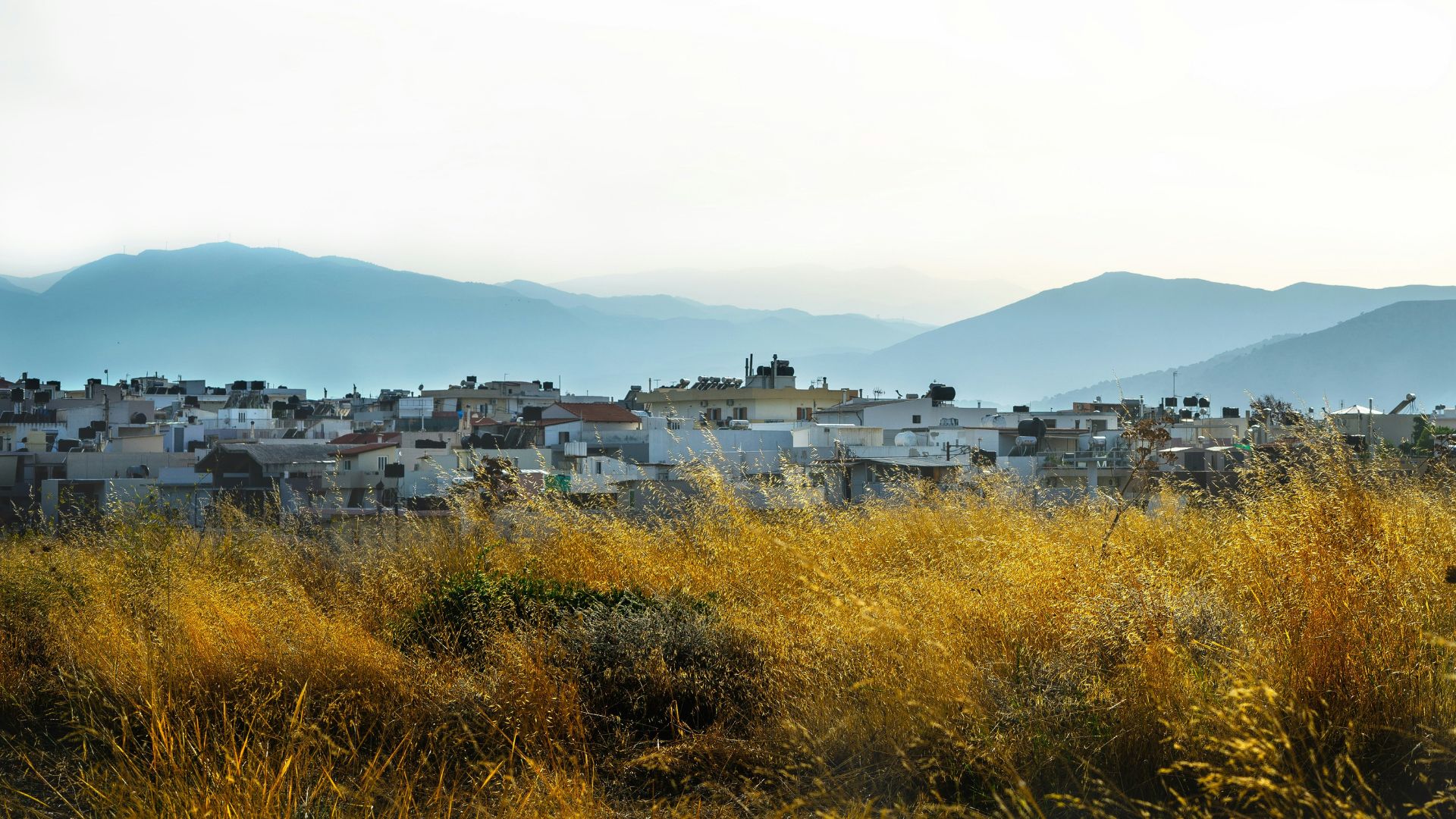
Savoring Heraklion: Culinary Secrets, Local Cuisine, and Markets
If you love food, Heraklion is a dream.
From slow-cooked meats and creamy cheeses to lively markets and rare local wines, every bite tells a story about Crete.
Must-Try Local Cuisine and Island Flavors
Heraklion’s local dishes keep things simple but pack in flavor.
I couldn’t wait to dig into dakos, the classic Cretan salad with barley rusk, tomatoes, olive oil, and creamy feta.
Arni kokkinisto—lamb slow-cooked with herbs—was a highlight for me.
Most meals bring wild greens, fresh fish, and olives grown just outside the city.
I fell for mizithra cheese, soft and a little tart, sometimes with honey.
Kalitsounia, those little cheese or herb pies, disappeared almost instantly at my table.
Don’t skip the local olive oil—it’s green, rich, and goes on everything.
And for dessert, loukoumades (those honey-soaked dough balls) are a must.
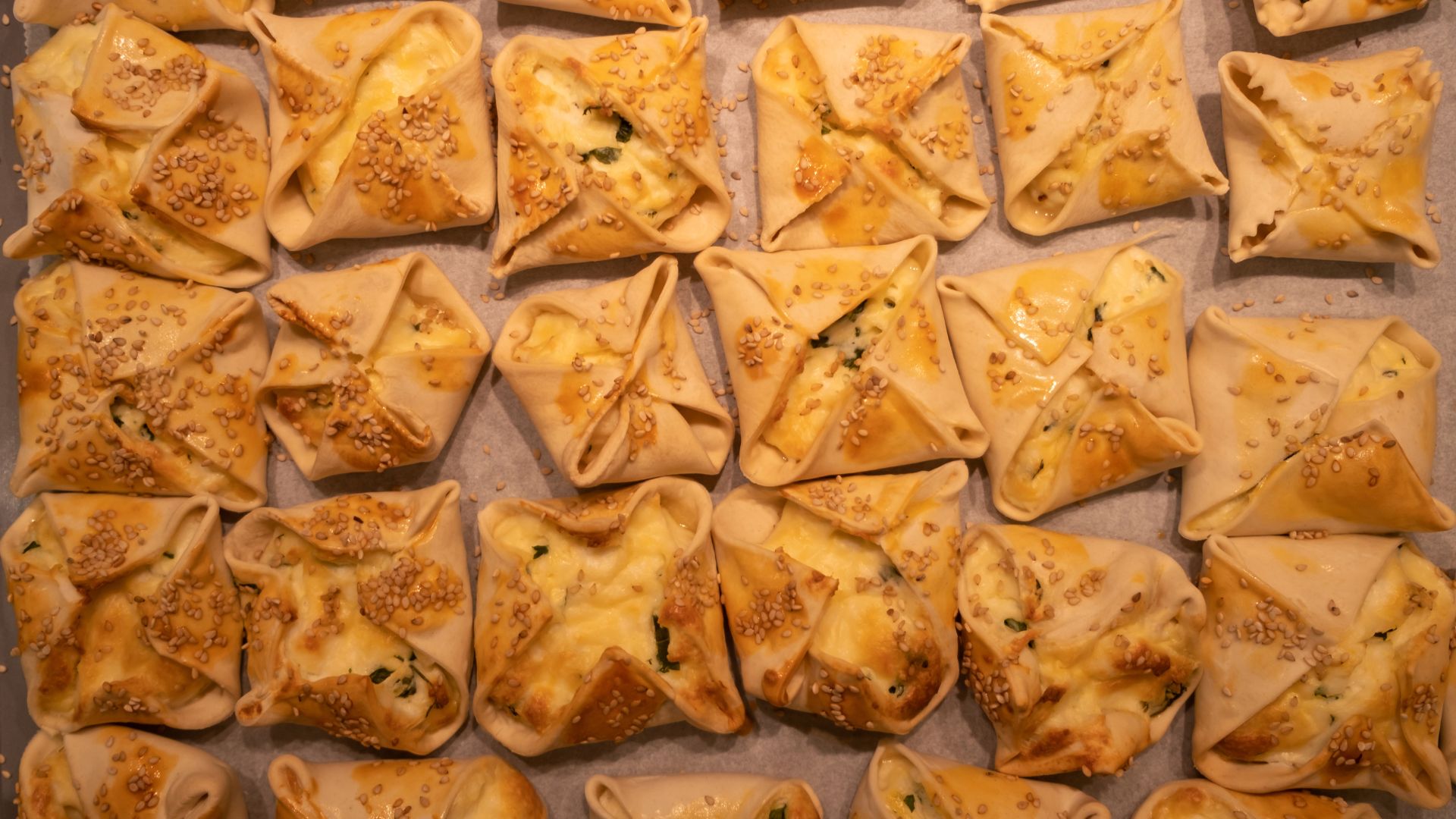

Culinary Tours, Food Markets, and Volcanic Wine
Heraklion’s markets buzz with energy.
At the Municipal Market, I wandered through stalls loaded with fruit, nuts, herbs, and cheeses.
Locals chatted with vendors, and I sampled olives and fig jam straight from the source.
Guided food tours here show off hidden bakeries and family-run eateries you might never find on your own.
What really caught me off guard was the wine.
Vineyards around the city grow grapes in volcanic soil, and Cretan wine is totally its own thing.
Vidiano and Liatiko grapes make unique wines.
Many tours stop at local vineyards, and I got to sip crisp volcanic white wine with fresh seafood.
It’s mineral-rich and refreshing—honestly, I’ve never tasted anything quite like it.
Heraklion Food Market Essentials:
| Must-Try | Description |
|---|---|
| Olive Oil | Locally pressed, green, and fruity |
| Fresh Cheese | Mizithra, Graviera, Anthotyro |
| Cured Meats | Smoked pork (apaki), sausages |
Experience Island Life Through Food
Food in Heraklion is about more than just eating—it’s about connecting.
One night, a taverna owner invited me in and served her grandmother’s recipes.
The meal stretched on for hours, full of laughter, stories, and plenty of raki (that local spirit).
Meals here are all about togetherness, whether you’re at a market or sitting by the sea.
Even breakfast—just fresh bread, honey, and mountain tea—felt special.
Eating outside and listening to the city’s rhythm made me feel connected to Crete.
Cooking classes in Heraklion are another fun way to dive in.
They teach you not just recipes, but the heart behind every dish.
Many artisans keep crafts alive—pottery, weaving, you name it—so you can find unique souvenirs.
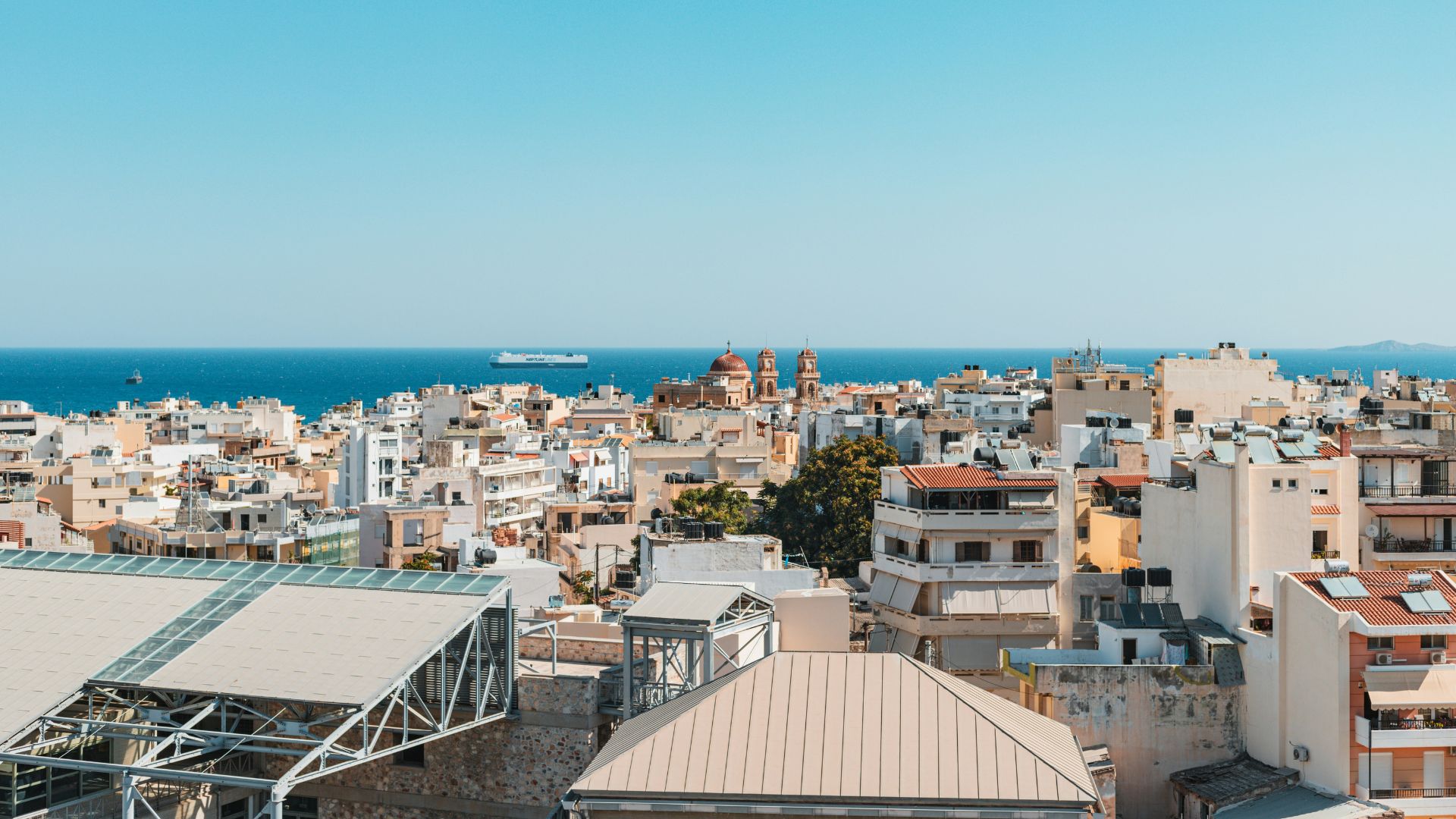
Activities and Island Experiences Around Heraklion
When I first arrived in Heraklion, I honestly didn’t expect to find so much to do beyond Knossos.
Some days, I just wanted to sink my feet into warm sand.
Other days, I ended up hiking through gorges or hopping across the sea to nearby islands.
Stunning Beaches and Beach Time Escapes
Heraklion’s coastline hides some beautiful beaches where I lost track of time swimming and relaxing.
Ammoudara Beach is long, sandy, and just a few minutes west of the city—a favorite for sunbathing and windsurfing.
On quieter days, I’d head to Agia Pelagia or Lygaria.
Both have clear water and sheltered bays, perfect for families or anyone wanting a calm swim.
These beaches get busy in summer, but if you show up early, you can snag a good spot under an umbrella.
Local beach tavernas serve up fresh seafood and cold drinks—grilled octopus after a swim is just unbeatable.
If you want something different, Matala Beach is famous for its caves and hippie history.
It’s not too far of a drive from Heraklion, and the scenery shifts to dramatic cliffs and turquoise water.
| Beach | Type | Distance from Heraklion | Highlights |
|---|---|---|---|
| Ammoudara | Sandy, lively | 5 km | Sports, bars, sunbeds |
| Agia Pelagia | Calm, family | 23 km | Clear water, tavernas |
| Matala | Unique, scenic | 67 km | Caves, snorkelling |
Hiking, Day Trips, and Natural Wonders
Heraklion really makes an ideal base for exploring Crete’s wild, rugged inland. I’m a big fan of hiking, and Samaria Gorge pops into my mind right away as the classic trek.
This 16-kilometer hike suits active travelers and gives you soaring rock walls and a lush river valley.
If you want something gentler, check out the Rouvas Forest trails near Zaros. They’re quieter, honestly just as stunning, and wind through pine forests before ending at peaceful lakes.
When I craved a less demanding outing, I’d just hop on a bus to the Lasithi Plateau. White-capped mountains surround the plateau, and you’ll spot charming villages, old windmills, and wildflowers everywhere in spring.
Some day trips from Heraklion take you to Knossos or south into the heart of traditional inland life. No matter where I wandered, locals greeted me with warmth, served rustic food, and shared stories woven into the landscape.
Island-Hopping: Santorini, Mykonos, and Beyond
One of the best surprises? Island-hopping from Heraklion’s port is incredibly easy. Ferries head out regularly for Santorini, and I couldn’t resist those cliffside views, blue-domed churches, and sunsets that—yeah, actually live up to the hype.
The boat ride takes about two hours, so a day trip is totally doable.
When I wanted more adventure, I set my sights on the Cyclades. Mykonos lured me in with its nightlife and classic windmills.
Naxos felt quieter, with long beaches and ancient ruins that made me linger. Sometimes I wandered off the main tourist path to Tinos, which moves at a slower pace and has a deep religious history.
Each island brought its own Mediterranean flavor, and honestly, I loved how they all complemented my time in Crete.
Helpful ferry routes to keep in mind:
| Island | Fast Ferry Time | Highlights |
|---|---|---|
| Santorini | ~2 hours | Volcano, sunsets, views |
| Mykonos | 4-5 hours | Nightlife, windmills, beaches |
| Naxos | 3-4 hours | Long beaches, temples |
| Tinos | 6-7 hours | Pilgrimage sites, villages |
Island-hopping added a new layer to my Greek adventure.
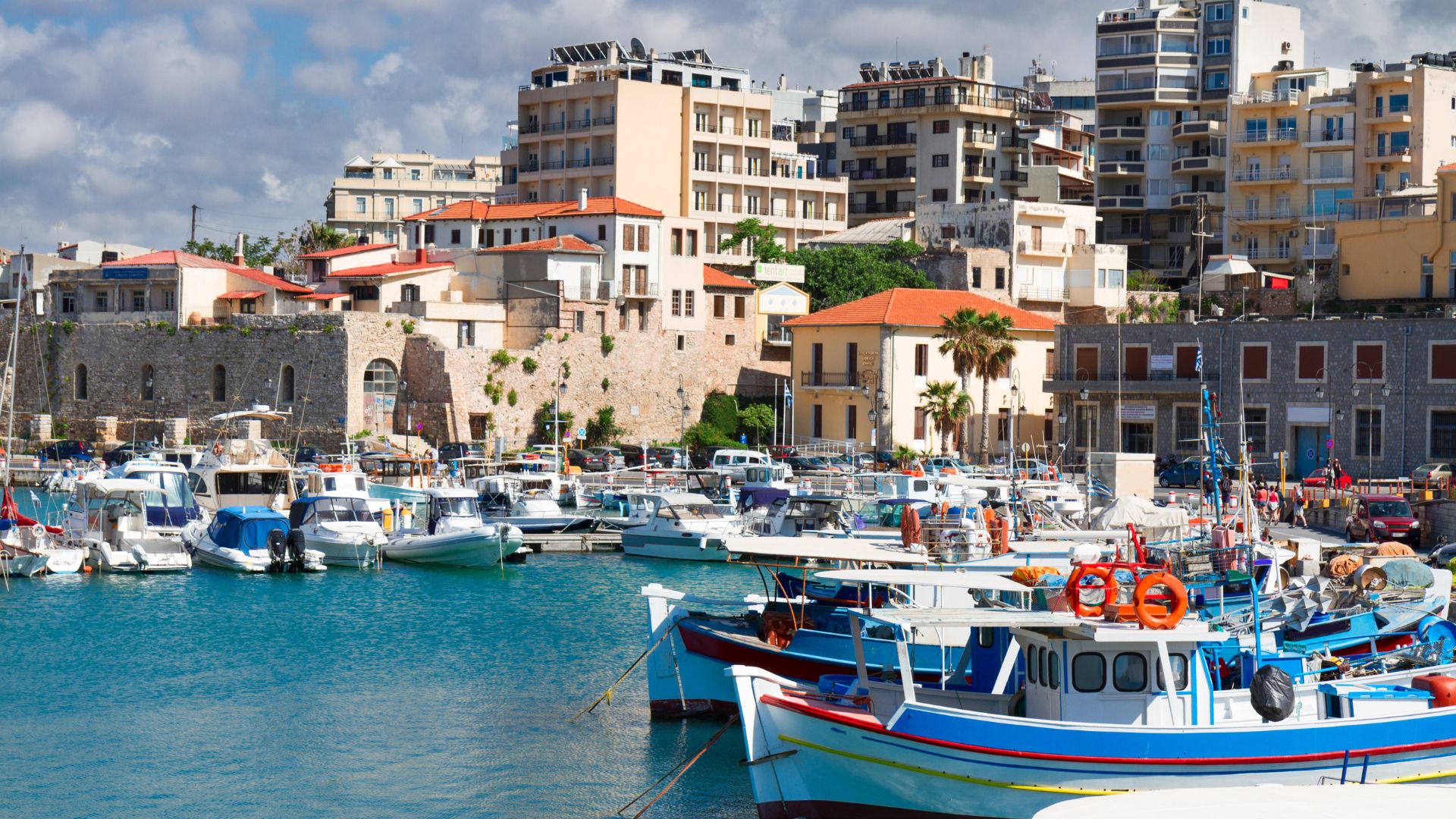
Travel Tips: Getting to Heraklion and Exploring Crete
Getting to Heraklion is easier than you might think, with direct routes from Athens, Santorini, and other Greek islands.
Once you’re in the city, I’d say the best way to experience local culture and history is to mix walking, guided tours, and maybe a relaxed sailing trip.
From Athens, Santorini, and Major Greek Islands
The fastest way I’ve found to reach Heraklion is a short flight from Athens—it’s usually under an hour. Ferries are another solid option, especially from Santorini, Rhodes, and the Cyclades.
High-speed ferries from Santorini usually take about two hours. Overnight ferries run from Piraeus, the port near Athens.
I always book tickets early, especially from late spring through early fall. Popular lines fill up fast. I use Ferryhopper to compare prices and times—it saves a lot of hassle.
Travelers coming from Rome, Barcelona, or Marseille can connect through Athens pretty easily.
| Departure | Ferry Time | Flight Time | Notes |
|---|---|---|---|
| Athens | 8-11 hrs | 50 min | Ferries (overnight), many daily flights |
| Santorini | 2-4 hrs | 40 min | High-speed ferries available |
| Rhodes | 11 hrs | 1 hr | Fewer ferry options |
Even from Sicily or New York, I always fly into Athens first, then continue to Crete.
Best Tours, Cultural Experiences, and Sailing Adventures
When I walk Heraklion’s streets, I feel history all around me—from bustling food markets to those Venetian Walls that still stand tall. A cultural tour of Knossos and the Archaeological Museum brings ancient Crete to life, but honestly, I’d also suggest joining a small-group food tour.
You get to taste fresh cheese, olive oil, and local sweets—what’s not to love?
For something different, I recommend day trips to Akrotiri or wandering the old towns of Oia and Fira on Santorini. Booking a sunset sailing trip always sticks with me—the way the Cretan coast glows as the sun drops is just unforgettable.
Plenty of local operators offer sailing trips, so you can explore hidden coves and seaside villages that most travelers miss.
Book sailing adventures ahead of time if you’re visiting in peak season. Families or anyone wanting a deeper dive into Cretan culture should try a hands-on cooking class, wine tasting, or a village excursion—those experiences really show you a side of the island far from the crowds.

Navigating Crowds, Seasons, and Local Insights
Heraklion gets packed from June through early September, especially near Knossos and the port.
I usually hit up major sites—like the Venetian Walls—early in the morning or close to sunset when it’s quieter.
If you visit in spring or autumn, you’ll find fewer tourists, nicer weather, and better deals on tours and rooms.
Winter feels different but still special, especially around Christmas. Local restaurants and squares light up, though some island tours and ferries run less often.
Heraklion doesn’t have a subway, but I just walk or hop on a local bus to get to the main spots.
I like to ask locals or my hotel staff about hidden gems or any new restaurants that have popped up.
Honestly, after a few trips, I realized that dodging crowds isn’t only about timing. Sometimes if you just wander down a side street, you’ll stumble on the best taverna, a random mural, or a killer city view.

